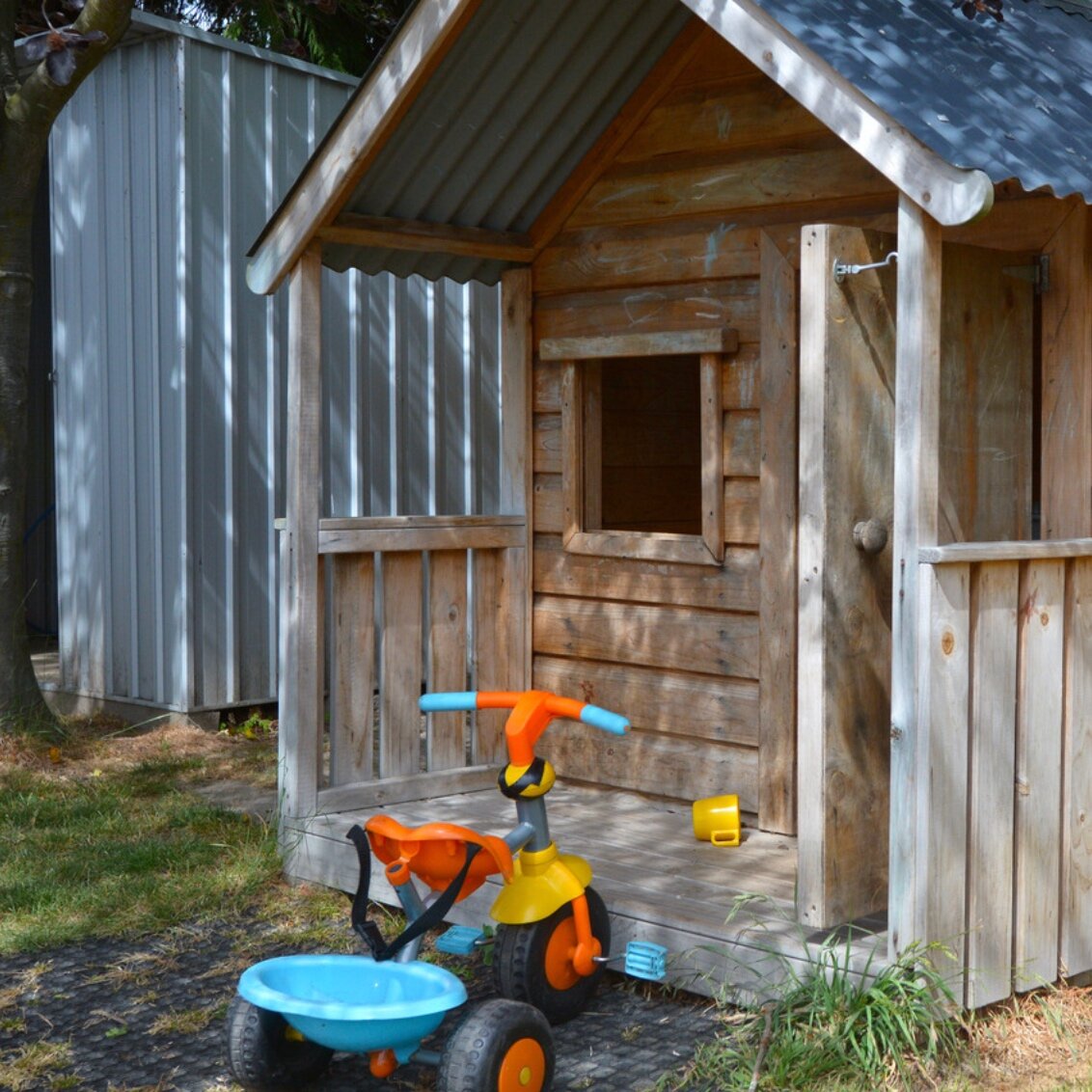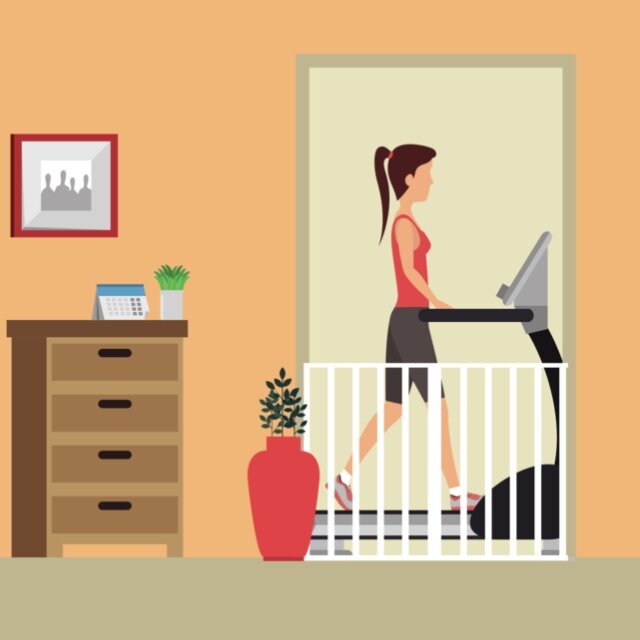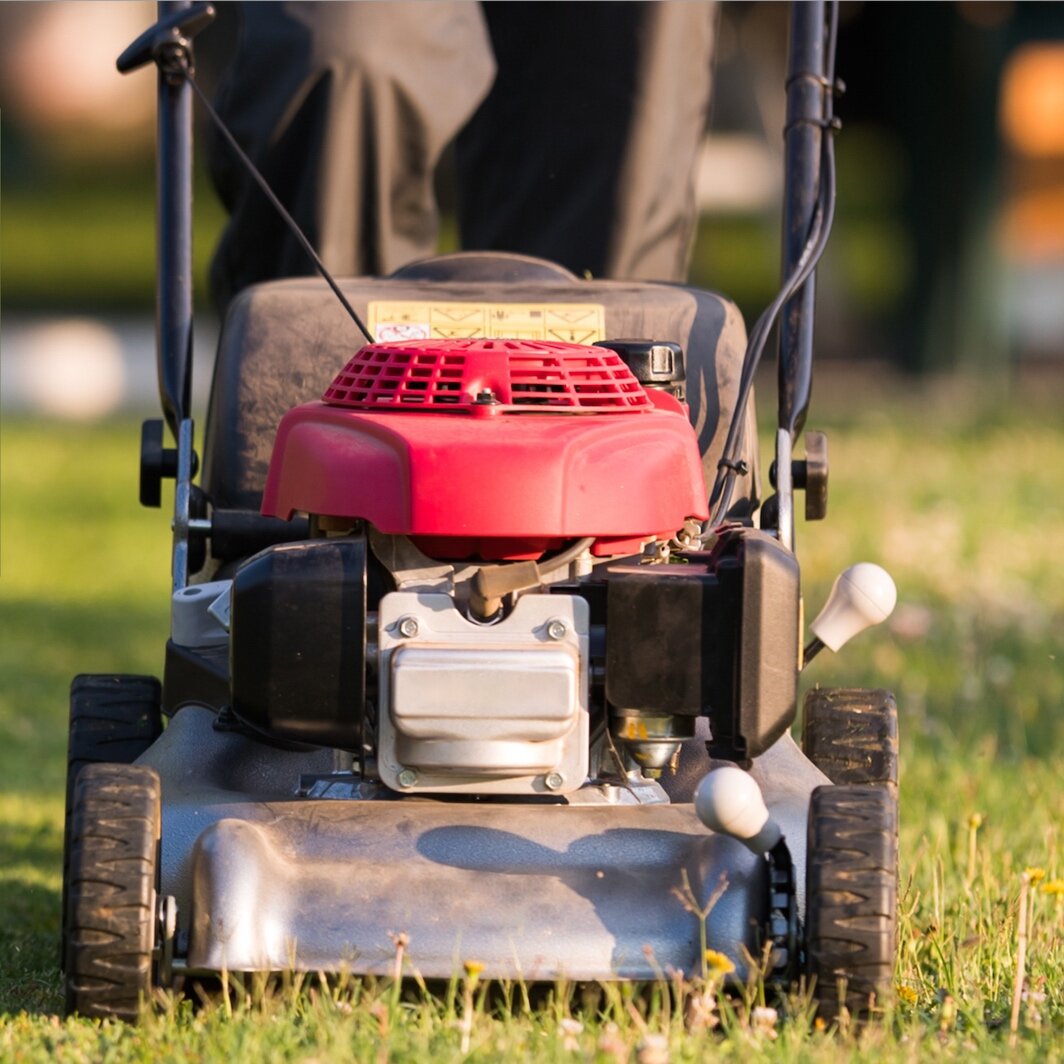These toolkits were created by Prevent Child Injury and other partners, each addressing a different child safety topic. Each toolkit is released to support a week-long campaign to raise awareness of the issue and provide parents and caregivers with clear, concise messaging about preventing that type of injury. After the campaign week, toolkits remain available for use in your outreach efforts.
Learn more about how Prevent Child Injury creates campaigns and tips for using the toolkits.
In & Around the Home
This section will be updated with new toolkits and resources as they become available.
If swallowed, button batteries can cause serious injury or death in as little as two hours.
Give them a spot of their own: a safe, fenced-in play area keeps children away from hazards on the farm.
Every 86 seconds, a home fire breaks out in the U.S. Could your family get out in two minutes or less?
ASK Day is June 21st, but gun safety matters every day. Before dropping your child off at a friend’s house, ask about firearm storage in the home.
Scalds from hot food or drinks are one of the most common burns requiring hospital care for children under age 5.
Protect kids from toppling furniture and TVs with simple tools and anti-tip kits.
High-powered magnets are a “hidden hazard” that put all children—including older children and teens—at risk.
By taking some simple safety steps, you can protect the whole family while still using your home exercise equipment.
Highly-concentrated laundry detergent packets are more poisonous than traditional liquid or powder detergent.
Keep young children away from lawn mowers, preferably inside the home with an adult, to protect them from lawn mower-related injuries.
Each year, U.S. poison control centers receive thousands of calls about young children who have been exposed to vaping-related products.
Storing, using, and disposing of over-the-counter and prescription medicines is an essential safety check for every parent and caregiver.
Most playground injuries are caused by falls. Keep your child safer by choosing a playground with safe surfacing under and around equipment.
Millions of unsafe products are recalled every year. Go to SaferProducts.gov to learn about and report safety problems with items your family uses.
Data from the CDC shows that more than 3,400 babies die each year, often from sudden infant death syndrome (SIDS) and sleep-related suffocation and strangulation.
Thousands of children end up in the hospital every year due to sledding injuries. Keep your child on the hill by preparing ahead of time.
Safety steps: when carrying a child up or down steps, protect your most important cargo by carrying the child only, leaving one hand free to hold on to the railing.
Showing children the importance of sun safety when they’re young lays the groundwork for a lifetime of healthy skin habits, protecting them from painful burns in the short-term and skin cancers when they’re older.
Drowning is the leading cause of death for children ages 1 to 4 years and the second leading cause of injury death in children ages 5 to 9 years.
Every three weeks in the U.S., a child dies from a TV tip-over, and hundreds more are injured.
Every day, about 9 kids younger than 5 years are treated in a U.S. emergency department for injuries from window falls.
Fireplace Safety
Keeping young children safer in the home.

























An alarm is the only way to know if there are dangerous levels of carbon monoxide in your home.